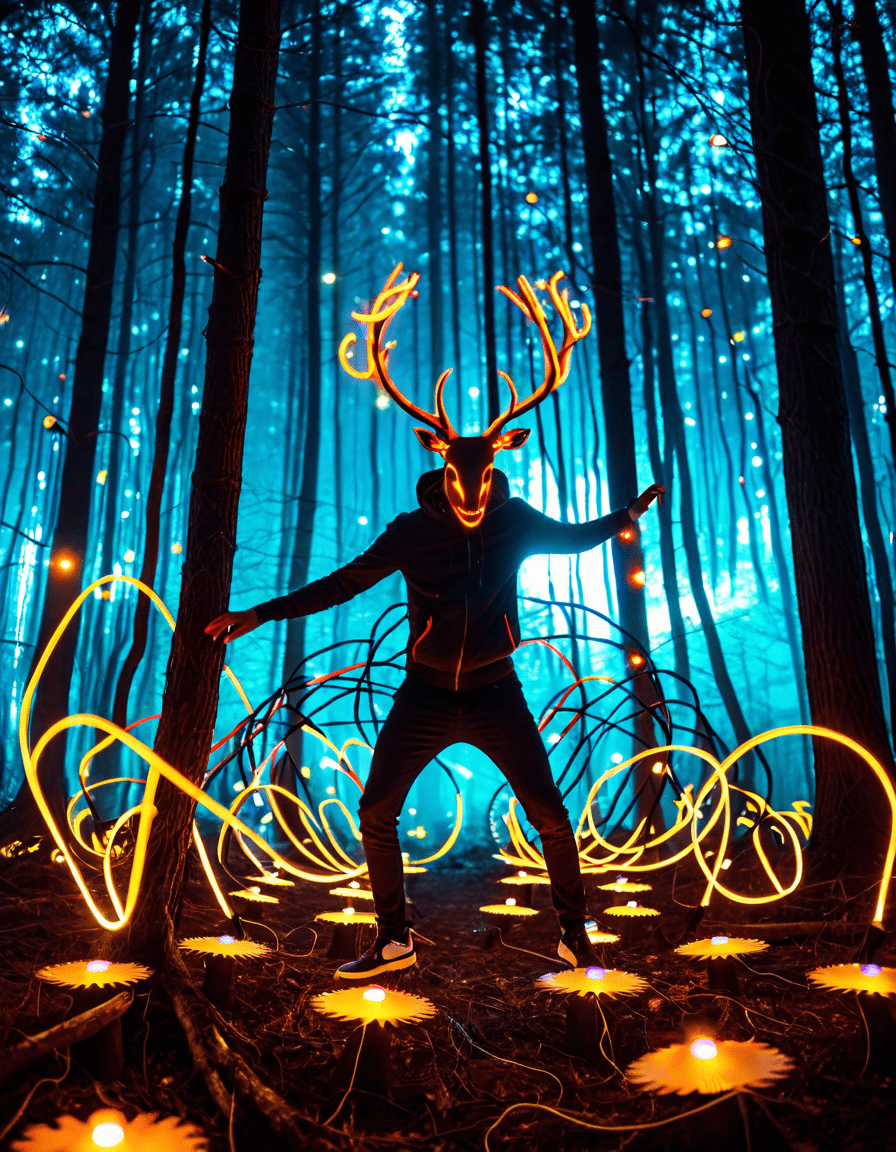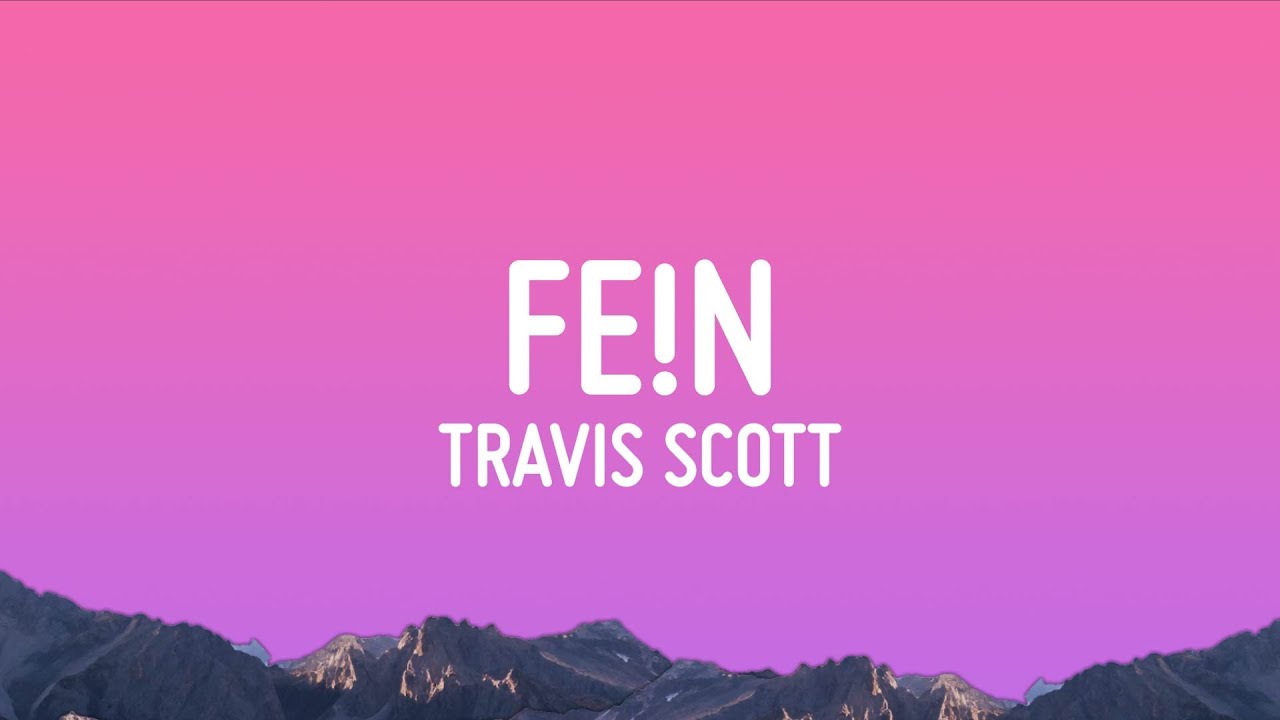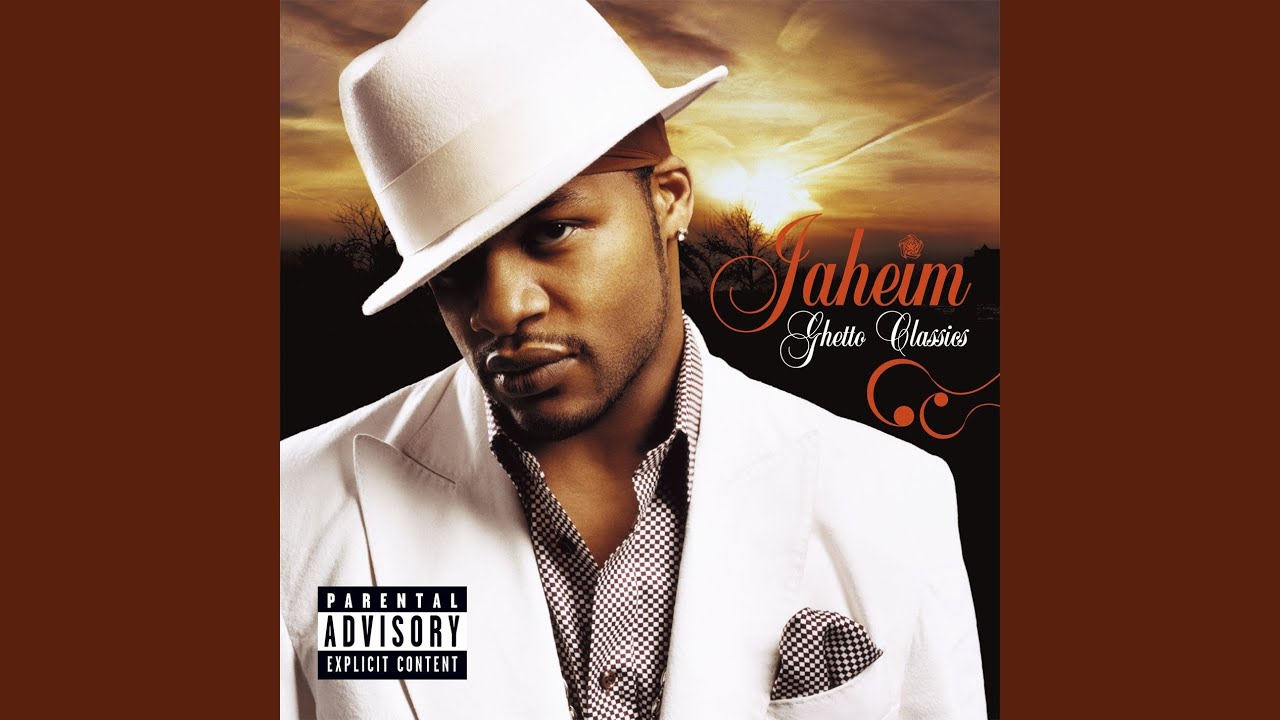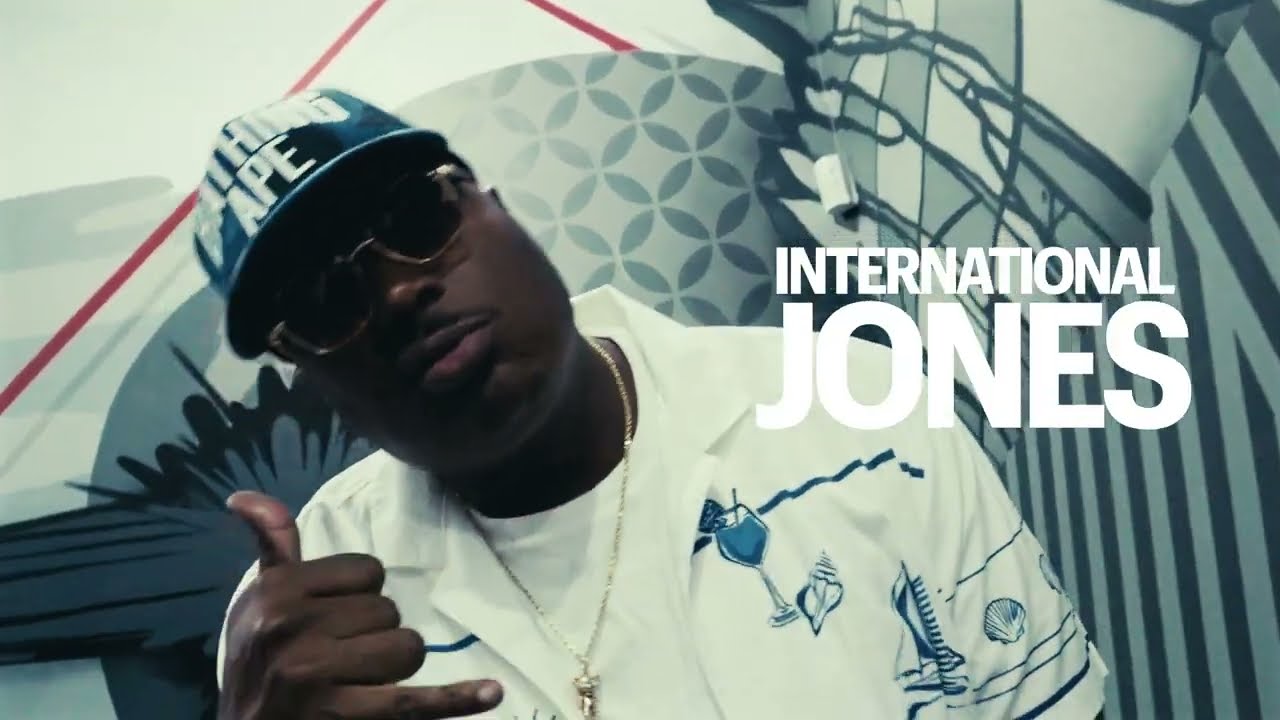When you mention “The Fiend,” you open a portal to a chilling chapter in professional wrestling’s history. Created by the ingenious Bray Wyatt in 2019, The Fiend has since then made waves in WWE, flipping our understanding of horror and wrestling on its head. With a look that could scare the pants off a ghost and a persona that’s as twisted as a funhouse mirror, The Fiend stands as a groundbreaking terrifier in the entertainment industry. Let’s dive deeper into this labyrinth of thrills, chills, and a unique legacy that continues to enthrall fans today.
The Fiend’s Origin: Crafting a Cultural Terrifier
To truly grasp the essence of The Fiend, we need to take a trip back to his roots. Bray Wyatt crafted The Fiend as a psychological horror persona, interweaving elements from classic horror films. With a mask that could send shivers down anyone’s spine and haunting theme music, The Fiend emerged as a modern-day terrifier that hit close to home for audiences around the globe. This is no ordinary wrestler but a complex character that reflects society’s fascination with the supernatural and psychological dread.
Wyatt’s creative genius shines through in the meticulous design and storytelling of The Fiend. He carved out a niche that mirrored the cinematic experiences of horror films like A Nightmare on Elm Street and Halloween. The context of fear coated in wrestling narratives opened up a whole new world for fans. It was a breath of fresh (and terrifying) air in a space often dominated by straightforward rivalries and character tropes. In a way, The Fiend turned WWE into a living horror film, catering to fans who thrive on complex storytelling matched with adrenaline-pumping action.
When The Fiend first appeared, he radiated an unsettling charisma, drawing viewers in with a kind of intrigue that only a true horror icon can manage. This fusion of wrestling and horror showcases a growing trend in entertainment, where interconnected narratives forge immersive experiences for the audience, making them a part of the story rather than mere onlookers. Who wouldn’t want to see how far the narrative can get when it’s layered, disturbing, and oh-so-enthralling?

Top 5 Terrifiers In Cinema: Influences That Shaped The Fiend
Undoubtedly, The Fiend didn’t just pop up out of thin air. Though Wyatt infused his own flair into the character, several terrifiers from cinema paved the way. Let’s explore some of these influences that helped shape The Fiend’s terrifying persona:
Pennywise, played by the brilliant Bill Skarsgård, turned childhood fears into nightmares. His ability to prey on innocent children’s fears aligns closely with The Fiend’s psychological tactics in the ring. Just think of the impact—both characters manipulate fear, making us question what lurks beneath the surface.
Art’s ruthlessness and sheer brutality are unmatched. Much like how Art shocked audiences with his violent antics, The Fiend has also left fans clutching their popcorn in a mix of terror and glee. He thrives on showcasing an unsettling level of violence echoing the visceral experiences seen in horror films.
The relentless, unstoppable force portrayed by Myers resonates deeply with The Fiend’s character arc. Both have a way of instilling dread, making you feel as if they may never truly vanish from your nightmares or the WWE ring.
Jason’s infamous hockey mask marks him as a terrifying figure. He cast a long shadow in horror history, inspiring The Fiend’s imagery and themes of being hunted. Both characters evoke primal fear in their respective settings, whether it’s a deserted camp or a wrestling ring.
Freddy’s nightmarish power in invading dreams paralleled The Fiend’s psychological warfare in wrestling. Both characters wield the ability to manipulate their environment and prey on their victims’ fears, underscoring the mind games that keep audiences at the edge of their seats.
The Evolution of The Fiend: From Terrifier 1 to Terrifier 3
Let’s jump into how The Fiend has evolved through the years, marking his journey from a fearsome debut to a cultural icon:
Terrifier 1: The Emergence of Fear (2019)
When The Fiend first entered the scene, he was like a breath of fresh air infused with the scents of dread and enthusiasm. Bray Wyatt shifted gears, reinventing himself from a colorful wrestler to a chilling horror figure. This transformation not only revitalized his career but also set a new standard within WWE—a leap into character-driven storytelling that resembled the depths explored in classic horror films.
Terrifier 2: Psychological Warfare and Fan Engagement (2020)
With Terrifier 2, The Fiend amplified his mystique. The fear factor heightened during feuds with stars like Seth Rollins, showcasing not only power but an ability to engage fans in ways rarely seen. The psychological elements woven into these rivalries hit home and elevated The Fiend’s status from a mere wrestling character to a formidable cultural force.
Terrifier 3: Legacy and Impact (2023 Onwards)
Fast forward to 2026, and The Fiend’s legacy stretches far beyond the wrestling ring. His journey has inspired a wealth of content—from fan theories to artworks—that delve deep into the lore of his character. Discussions about the blurred lines between creator and character have sparked fresh ideas in storytelling, making The Fiend a cultural touchstone not just in wrestling but in the broader landscape of horror and entertainment.
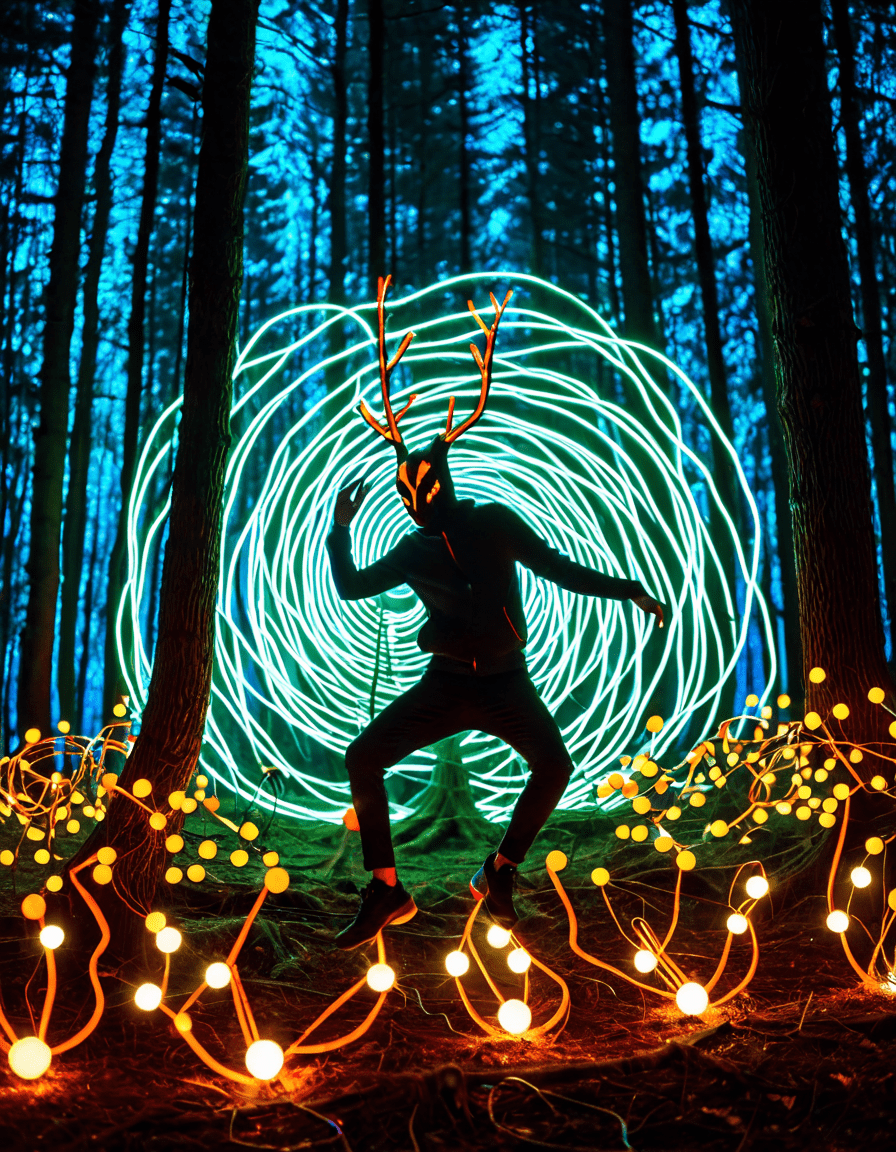
The Fiend’s Cultural Impact: Beyond the Ring
The reach of The Fiend hasn’t just been felt in the ring; it’s infiltrated various aspects of pop culture. How? Let’s check it out:
A Lasting Legacy: The Fiend and the Future of Horror in Entertainment
The Fiend exemplifies the blending of horror with professional wrestling, redefining expectations in both realms. His aesthetic, rich psychological depth, and storytelling prowess push the boundaries of character work, evolving wrestling into something complex and thought-provoking like a great horror novel.
As we stride confidently into the future of entertainment, The Fiend’s influence will undoubtedly pave the way for new legends and terrifiers. He serves as a reminder that fear—be it in the form of twists and turns or emotional depth—can leave an imprint on culture as deeply as any masterpiece of art. It’s clear that terror, whether in the ring or on the big screen, has the power to transform storytelling for generations to come.
Let’s keep the conversation going—does The Fiend resonate with you? What elements make him such a lasting figure in pop culture? The eerie combination of intrigue and storytelling continues to fascinate us. As we navigate this wonderful world of entertainment, let’s not forget the terrifier that is The Fiend!
For all you horror enthusiasts, if you want to check out how horror classics influence more than just wrestling, consider looking into more about the Beverly Hills cop cast and how other pieces of pop culture have taken their creepy cues! Also, as we approach the holiday season, don’t forget to get creative with your thanksgiving Nails as a fun way to channel your inner artist! Happy watching!
Fiend: The Extraordinary Life And Legacy Of A Legend
Fun Facts That Define a Fiend
Did you know the cultural impact of the word “fiend” goes beyond just a description? In various media, it’s become synonymous with intriguing characters, much like those in Hunter X Hunter, where the protagonists often grapple with the moral shades of good and evil. This duality makes those stories all the more compelling and adds depth to the term itself. Speaking of compelling characters, many fans found themselves enchanted by Cowboy Bebop, a series showcasing outlaws who aren’t exactly the heroes you’d expect. Both show how the essence of a fiend can manifest in vastly different yet equally fascinating ways.
As we dive deeper into the legendary life associated with the term “fiend,” let’s not overlook the enchanting music scene that often inspires this portrayal. For instance, the dreamy vibes of bands like Mazzy Star carve out a unique space in pop culture, where their haunting melodies complement the more rebellious or dark aspects of a fiend’s persona. To put it simply, the music that captures the essence of rebellious spirits often resonates far and wide, just like the theme of redemption in shows like Love After Lockup. These narratives remind us that there’s often more than meets the eye.
Now, let’s take a detour into some iconic pop culture intersections. Did you ever ponder how musical legends like Hall And Oates have influenced the portrayal of characters with a fiendish edge? They’ve provided a soundtrack for countless narratives and shaped how we perceive such figures. Building on that, locations that host stories featuring these characters—like the Regal North hills cinema—become cultural hubs where fans gather to revel in their favorite narratives. The energy in these places can mirror the complexities surrounding a fiend, showcasing just how connections form between the mundane and the extraordinary.
